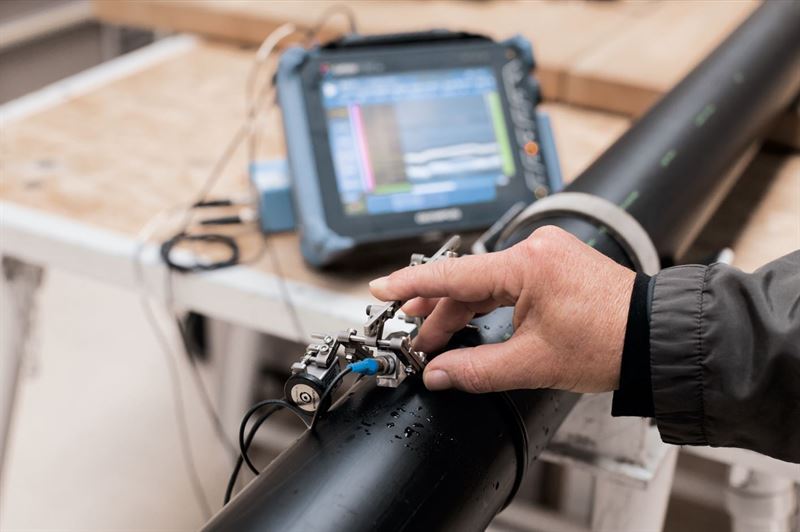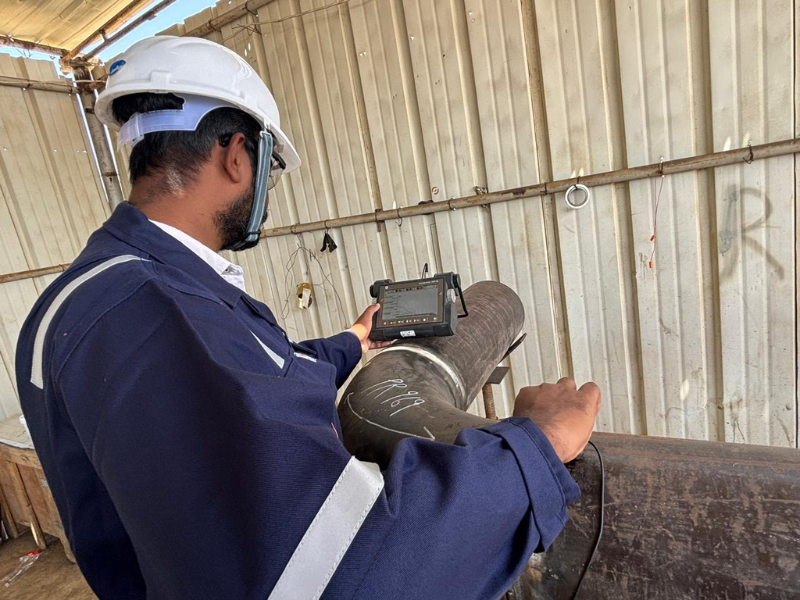In the ever-evolving world of technology, the future of frequency in inspection tools holds promising potential for industry professionals. As technology advances, the need for more precise and efficient inspection tools becomes paramount. This article explores the exciting developments and trends shaping the field of frequency in inspection tools and what they mean for the future.

Understanding the Importance of Frequency in Inspection
Frequency plays a crucial role in the effectiveness of inspection tools. It determines the resolution and accuracy of the inspection process. Higher frequencies allow for more detailed inspections, enabling professionals to detect even the smallest defects or irregularities. As industries continue to demand higher quality standards, understanding and utilizing the right frequency becomes essential.
Technological Advancements in Frequency Inspection
Recent technological advancements have revolutionized how frequency is used in inspection tools. Innovations such as synchronization technologies have enhanced the precision and speed of inspections, allowing for real-time analysis and immediate feedback. These advancements are paving the way for more reliable and efficient inspection processes.
Impact on Quality Assurance
The integration of advanced frequency technologies in inspection tools is significantly impacting quality assurance processes. By enabling more accurate inspections, these tools help ensure that products meet the highest quality standards. This advancement not only improves product reliability but also boosts consumer confidence in the brand.
The Role of AI and Machine Learning
The incorporation of AI and machine learning in frequency inspection tools is another exciting development. These technologies allow for predictive analysis and automated inspections, reducing human error and increasing efficiency. As AI continues to evolve, its role in frequency inspection will only grow, offering even more sophisticated solutions.
Challenges and Considerations
Despite the numerous benefits, there are challenges to consider when implementing frequency-based inspection tools. One significant challenge is ensuring compliance with industry standards and regulations. Companies must stay updated with the latest compliance requirements to avoid potential legal issues. For more insights, you can read about compliance in synchronization testing.
Cost and Implementation
Implementing advanced frequency inspection tools can be costly, and companies must weigh the benefits against the expenses. However, the long-term benefits of improved quality and efficiency often outweigh the initial costs, making it a worthwhile investment.
Future Trends in Frequency Inspection Tools
The future of frequency in inspection tools is bright, with several trends set to shape the industry. One such trend is the move towards more sustainable and eco-friendly inspection practices. As environmental concerns rise, companies are looking for ways to reduce their carbon footprint, and frequency-based inspections can play a crucial role in this transition.
Integration with IoT
The integration of frequency inspection tools with the Internet of Things (IoT) is another exciting trend. This integration allows for real-time data collection and analysis, enhancing decision-making processes and improving efficiency. As IoT technology continues to advance, its role in frequency inspection will become more prominent.
Conclusion
In conclusion, the future of frequency in inspection tools is filled with potential. As technology continues to evolve, these tools will become more precise, efficient, and sustainable, offering significant benefits to industry professionals. By staying informed about the latest trends and advancements, companies can leverage these tools to enhance their inspection processes and maintain high-quality standards.

FAQs
What is the importance of frequency in inspection tools?
Frequency determines the resolution and accuracy of inspection tools, enabling more detailed inspections and detection of small defects.
How is AI used in frequency inspection tools?
AI is used to provide predictive analysis and automated inspections, reducing human error and increasing efficiency.
What are the future trends in frequency inspection tools?
Future trends include integration with IoT, sustainable practices, and advancements in AI and machine learning technologies.
For more detailed insights, consider exploring the article on how often should stamping tools be inspected.
This article contains affiliate links. We may earn a commission at no extra cost to you.
